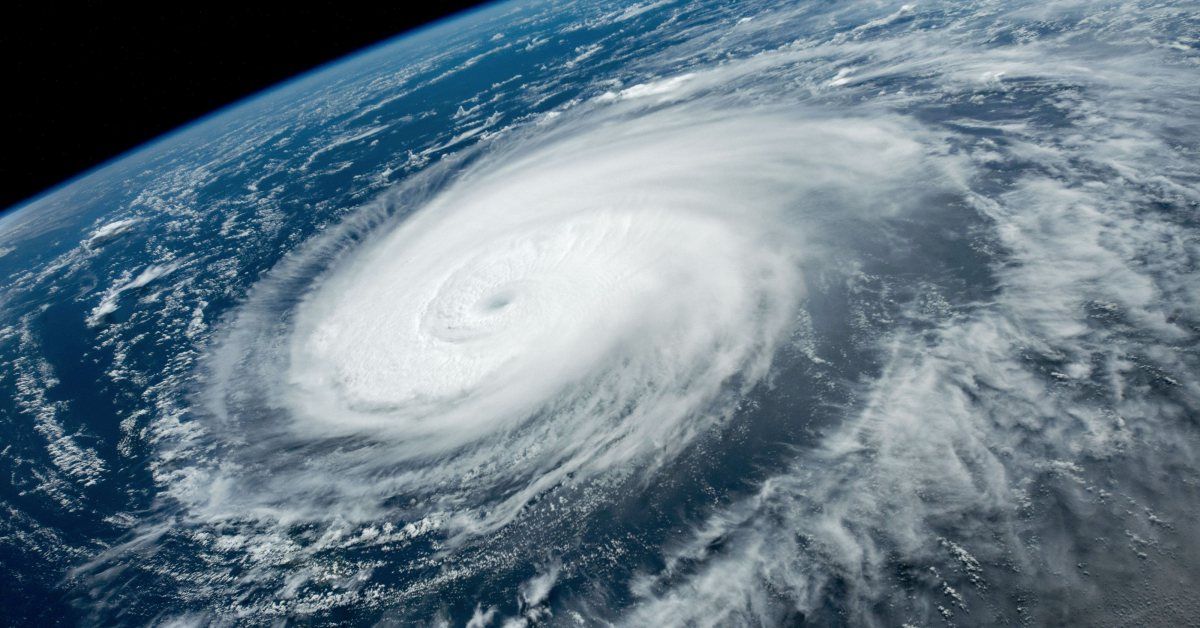Ahmedabad
(Head Office)Address : 506, 3rd EYE THREE (III), Opp. Induben Khakhrawala, Girish Cold Drink Cross Road, CG Road, Navrangpura, Ahmedabad, 380009.
Mobile : 8469231587 / 9586028957
Telephone : 079-40098991
E-mail: dics.upsc@gmail.com

Everything you need to know about Tropical Cyclones
News: Cyclones in India are a common phenomenon. India has put in place standard operating procedures to deal with them and today are no longer considered as big threat as they were in 1990s…
What are Tropical Cyclones?
According to World Meteorological Organization, A tropical cyclone is a rapid rotating storm originating over tropical oceans from where it draws the energy to develop. It has a low pressure centre and clouds spiraling towards the eyewall surrounding the 'eye', the central part of the system where the weather is normally calm and free of clouds.
Its diameter is typically around 200 to 500 km, but can reach 1000 km.
What are the factors responsible for Tropical cyclone formation?
Sea surface temperatures warmer than 26.5 °C (79.7 °F), which provide the thermal energy for the storm.
Low vertical wind shear, which allows the storm to maintain its structure and intensity.
High humidity in the lower to middle levels of the troposphere, which provides the moisture for cloud formation and precipitation.
Enough Coriolis force, which causes the storm to rotate and create a low-pressure center.
A pre-existing low-level focus or disturbance, such as a tropical wave or a monsoon trough, which triggers the initial convergence and uplift of air.
Upper divergence above the sea level system, which allows the rising air to escape and lowers the central pressure.

| Software | Building the Hardware | Coastal Infrastructure |
| • Coastal Infrastructure | • Creation of Shelters | • Underground Transmission lines |
| • Awareness among locals, evacuation plans, drills | • Weather instruments, Warning centres | • Continuation of Health system |
What is the response mechanism India has developed over the years?
India has developed a three-layered response mechanism for cyclones.
The first layer deals with the software — an early warning system, creation of awareness among local populations, evacuation plans and drills, training and dissemination of information.
The second layer involves building the hardware — creation of shelters where people and cattle can be shifted, setting up of weather instruments and warning centres for better forecasts, and construction of embankments, connecting roads and bridges.
The last layer is about making coastal infrastructure resilient to cyclones. This would require taking critical infrastructure like power transmission lines or water supply lines underground, ensuring that railway networks and airports do not get inundated and continue to function, and health systems do not get disrupted.
While significant efforts have been made on first two layers, few things remain to be done on the last one.
Source – The Indian Express, WMO

Address : 506, 3rd EYE THREE (III), Opp. Induben Khakhrawala, Girish Cold Drink Cross Road, CG Road, Navrangpura, Ahmedabad, 380009.
Mobile : 8469231587 / 9586028957
Telephone : 079-40098991
E-mail: dics.upsc@gmail.com
Address: A-306, The Landmark, Urjanagar-1, Opp. Spicy Street, Kudasan – Por Road, Kudasan, Gandhinagar – 382421
Mobile : 9723832444 / 9723932444
E-mail: dics.gnagar@gmail.com
Address: 2nd Floor, 9 Shivali Society, L&T Circle, opp. Ratri Bazar, Karelibaugh, Vadodara, 390018
Mobile : 9725692037 / 9725692054
E-mail: dics.vadodara@gmail.com
Address: 403, Raj Victoria, Opp. Pal Walkway, Near Galaxy Circle, Pal, Surat-394510
Mobile : 8401031583 / 8401031587
E-mail: dics.surat@gmail.com
Address: 303,305 K 158 Complex Above Magson, Sindhubhavan Road Ahmedabad-380059
Mobile : 9974751177 / 8469231587
E-mail: dicssbr@gmail.com
Address: 57/17, 2nd Floor, Old Rajinder Nagar Market, Bada Bazaar Marg, Delhi-60
Mobile : 9104830862 / 9104830865
E-mail: dics.newdelhi@gmail.com